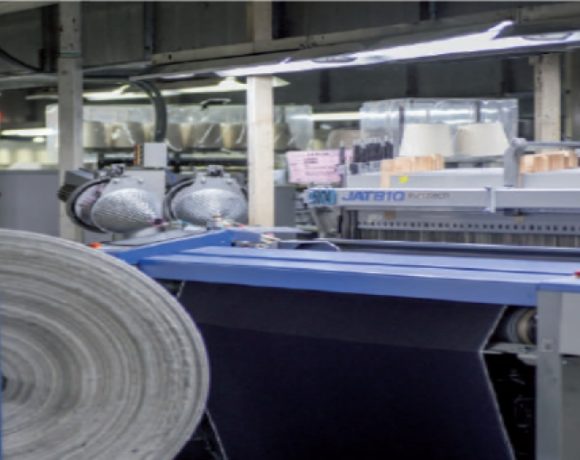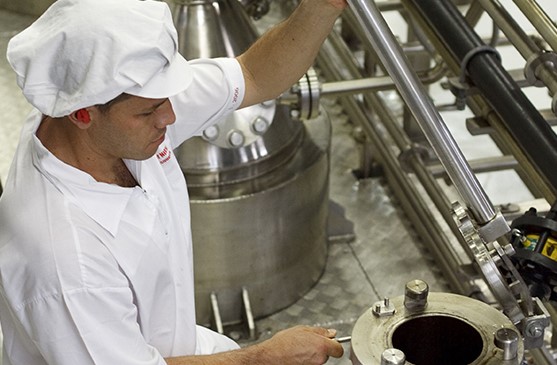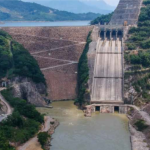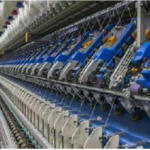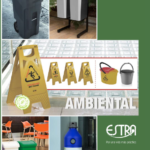Medellin’s Conconcreto 2016 Profits Rise; Unveils 3D Printing of Building Material
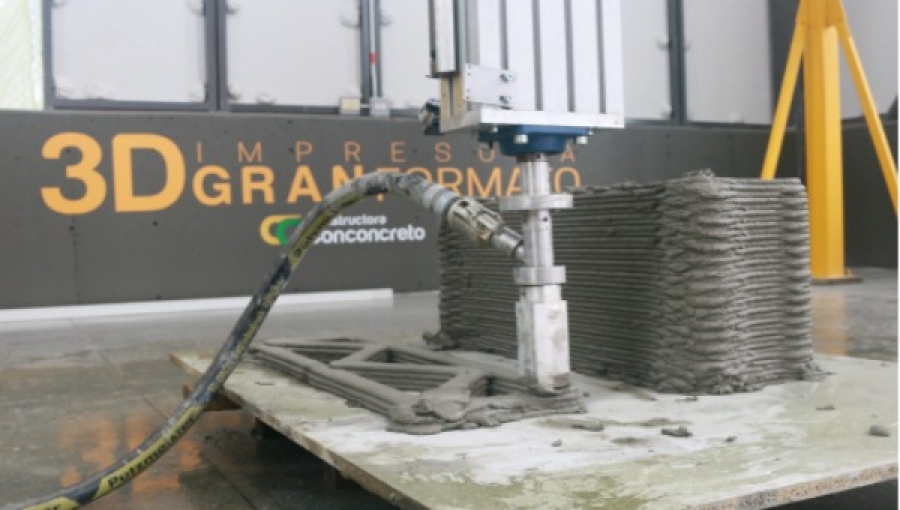
Medellin-based construction giant Conconcreto announced March 2 that its full-year 2016 consolidated earnings rose 8% year-on-year, to COP$103 billion (US$34.6 million), while consolidated revenues rose to COP$1.47 trillion (US$494 million).
Earnings before interest, taxes, depreciation and amortization (EBITDA) jumped 16.4% year-on-year, to COP$241 billion (US$80.9 million), while backlog orders at year-end 2016 totaled COP$3.13 trillion (US$1 billion) – two-thirds of that for infrastructure projects, according to the company.
On another front, Conconcreto revealed that it has launched tests of a new, large-format 3D printing machine that – with further development – eventually could produce prefabricated sections, buildings and even houses (see image, above).
The new machine will be located at the “Centro de Innovación Conconcreto” at EIA University in the Medellin suburb of Envigado.
“This is one of the most relevant events in the history of Constructora Conconcreto,” bragged Conconcreto president Juan Luis Aristizábal.
“It was designed by our engineers, and the goal is to help enable the entry of this technology into the construction sector. It is the first 3D pre-mixed concrete printer in Latin America. Our dream is to realize 3D-printed social-interest housing,” Aristizábal added.
The 2016 financial results “reflect a clear strategy for the company, oriented toward the consolidation of its infrastructure, concessions and housing businesses,” according to Conconcreto
As of December 2016, Conconcreto initiated work on a 142-kilometers-long stretch of highway between Bogota and Giradot, in which Conconcreto and Grupo Vinci have equal 50% shares, according to the company.
The company also launched operations and maintenance on 68 kilometers of the 111-kilometers-long “Via Pacifico” highway between Buenaventura and Buga in Valle del Cauca.
Those two concessions “guarantee to the company approximately COP$1.3 trillion [US$436 million] over the next five years,” according to Conconcreto.


